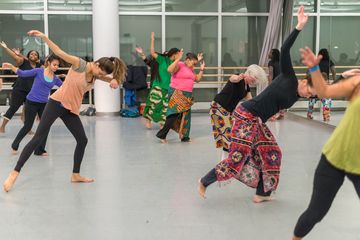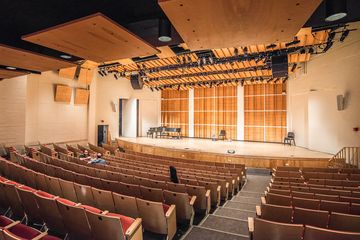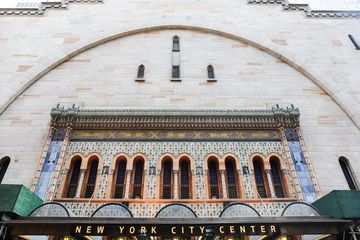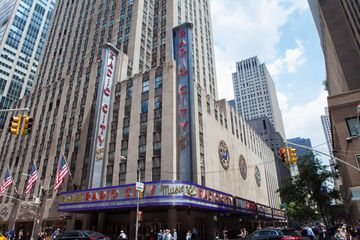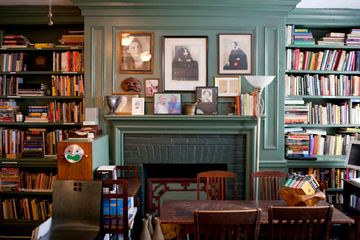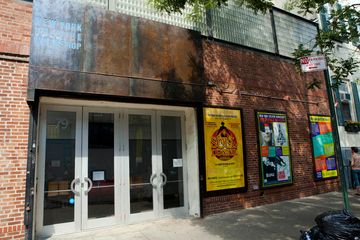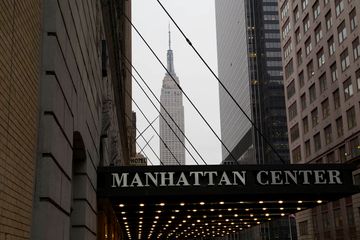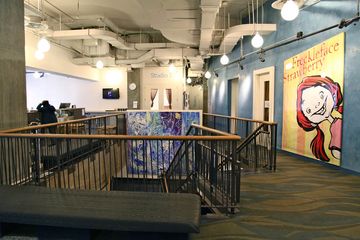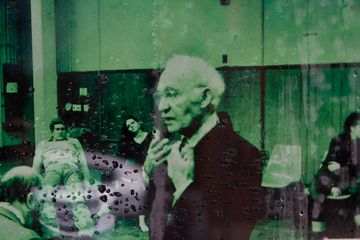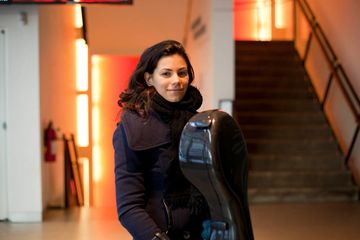A wonderful story of dance lay in our wake on West 55th Street, and how exciting for the Manhattan Sideways team to be able to enter inside and have a firsthand experience. The studio is named after Mr. Alvin Ailey, who began his immersion in dance while in high school in California where he went on to study with Lester Horton. In a style that later came to be known as the Horton technique, rooted in Native American Folk Dance elements and the idea of building strength by using the whole body, Mr. Ailey thrived. After moving to New York in 1954 while in his early twenties, Ailey danced on Broadway in "House of Flowers, " while continuing to study modern dance as well as ballet. In 1958, Ailey founded his own dance company made up of seven dancers. Their first performance was at the 92nd Street Y. Completely redefining dance in America, the Alvin Ailey company, initially comprised solely of African-Americans, sought to interpret and express their experiences through a style based as much in spirituality, soul, and social commentary as it was in technique and innovative movement. Ailey's most prominent work with this group, entitled "Revelations, " quickly established them as the one of the most creative set of dancers in the country. Ailey went on to choreograph works for the American Ballet Theater, the Joffrey Ballet, the Paris Opera Ballet, the London Festival Ballet, and the Royal Danish Ballet. He received numerous honors and awards, as he became recognized internationally, and in 1969, Ailey took his devotion to dance and the African-American experience to a new level by founding the Ailey School. Although Ailey died in 1989 while only in his fifties, the Alvin Ailey Dance Foundation continues his legacy and serves as the "umbrella organization. " Though Alvin died while only in his fifties, the institution continues his legacy of “using the arts for activism, ” said Sarita Allen. Taken under Alvin’s wing as a scholarship student in the 1970s, Sarita is now a longtime instructor at the Ailey Extension. “He was a champion of integration. Even more than his choreography, he demonstrated how people could dance together. They could be beautiful and harmonious, ” Sarita said. Sarita had the privilege of working closely with Alvin, and he personally selected her to join his company. “It was so vibrant compared to the classical ballet world. People of so many different colors and nationalities were given the opportunity to perform. ” This had an enduring impact on Sarita and countless others who were inspired by this portrayal of the grace, elegance, and power of the Black body. With Alvin’s unwavering support, Sarita was able to take a sabbatical from the company to embark on separate projects and work with Judith Jamison — an-other one of Alvin’s protégés who then succeeded him as artistic director of the Alvin Ailey Dance Theater. In 1988, Alvin asked Sarita to return and help mentor the next generation of dancers, enabling her to spend the last year of Alvin’s life teaching alongside him. “It wasn’t that long that we knew one another, but it was very rich. He was an extraordinary man. ” Today, not only is Alvin Ailey American Dance Theater the home for members of its company and school to rehearse and take classes, but they have an Extension Program that allows for anyone at any level of expertise to take a class taught by one of Ailey's incredible teachers. The stunning views of the surrounding area from the upper floors of the building serve as quite the backdrop for the dancing that takes place within. There are a wide range of classes offered including Salsa, Ballet, Jazz, Contemporary, Hip-Hop, Latin Jazz Fusion, Horton, Zumba, Samba and Afro-Brazilian. The Ailey Arts in Education and Community Programs works to offer the gift of dance to schools, communities, and the world. In addition, there is the Ailey Camp, a summer program that teaches dance to inner-city children in middle school, as well as Ailey Dance Kids, which emphasizes teamwork, self-discipline and creativity with school-aged children and teens. Together, the Extension program and the Education and Community programs serve to bring Ailey's core belief to life: that dance is for everyone, and it has the power to use "the beauty and humanity of the African-American heritage and other cultures to unite people of all races, ages and backgrounds.

